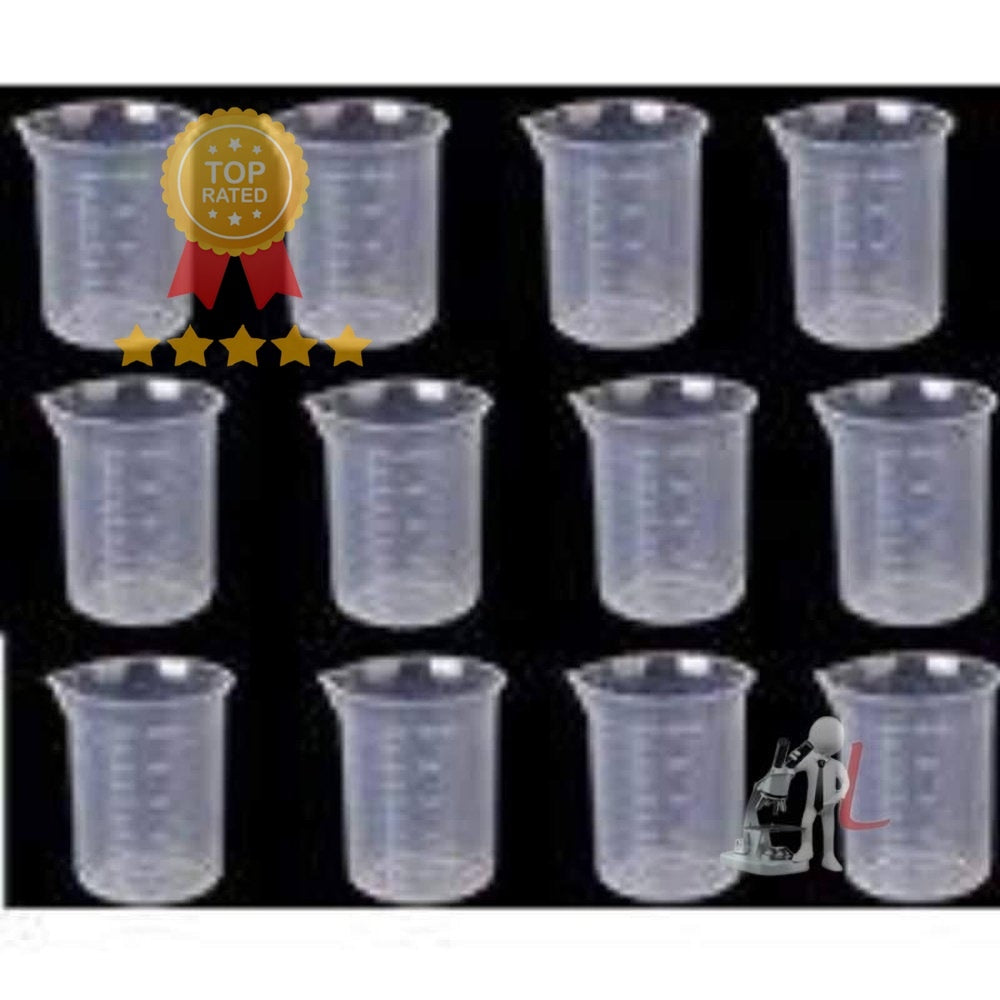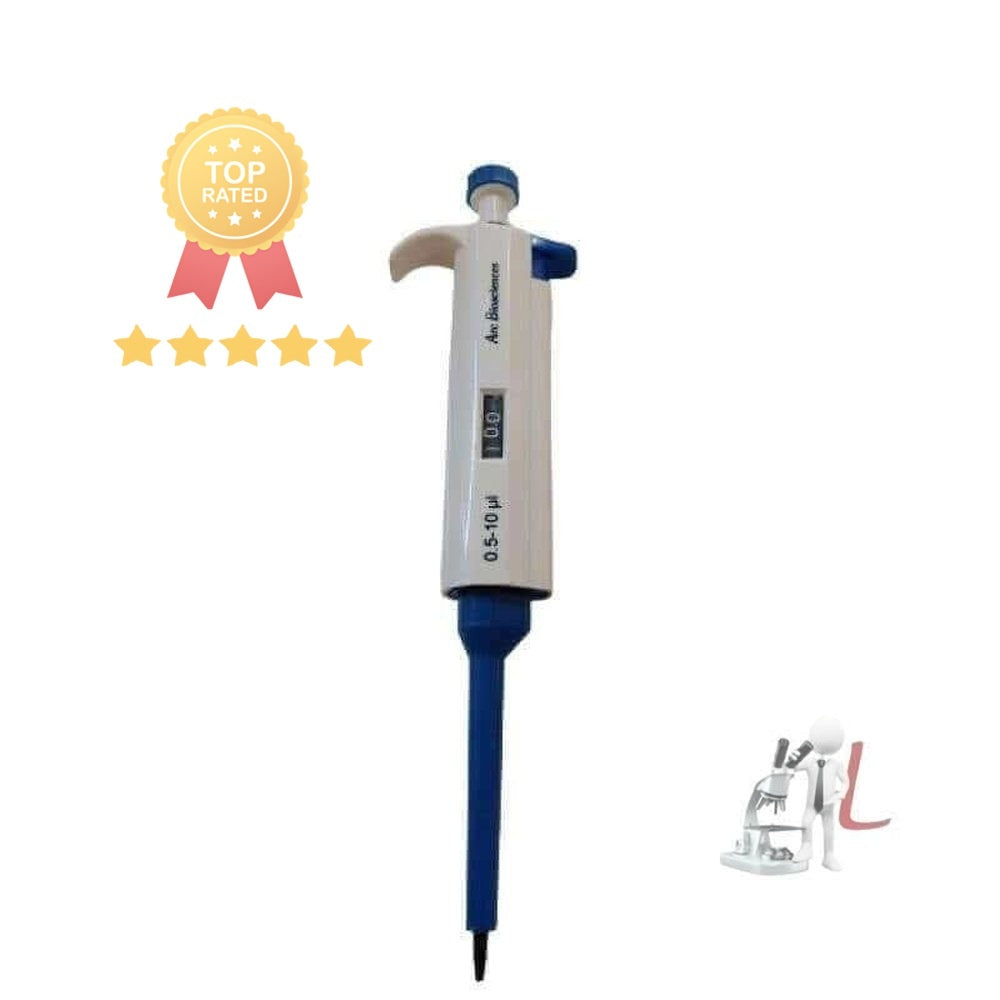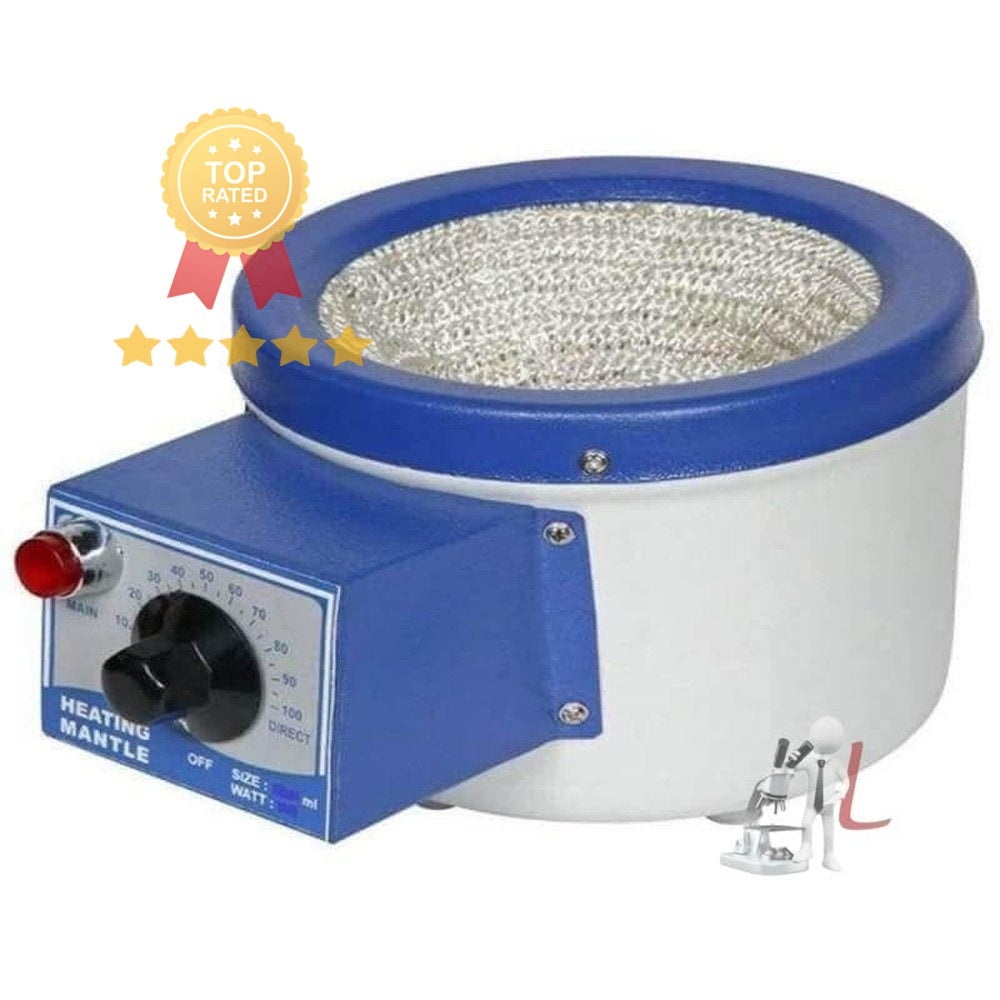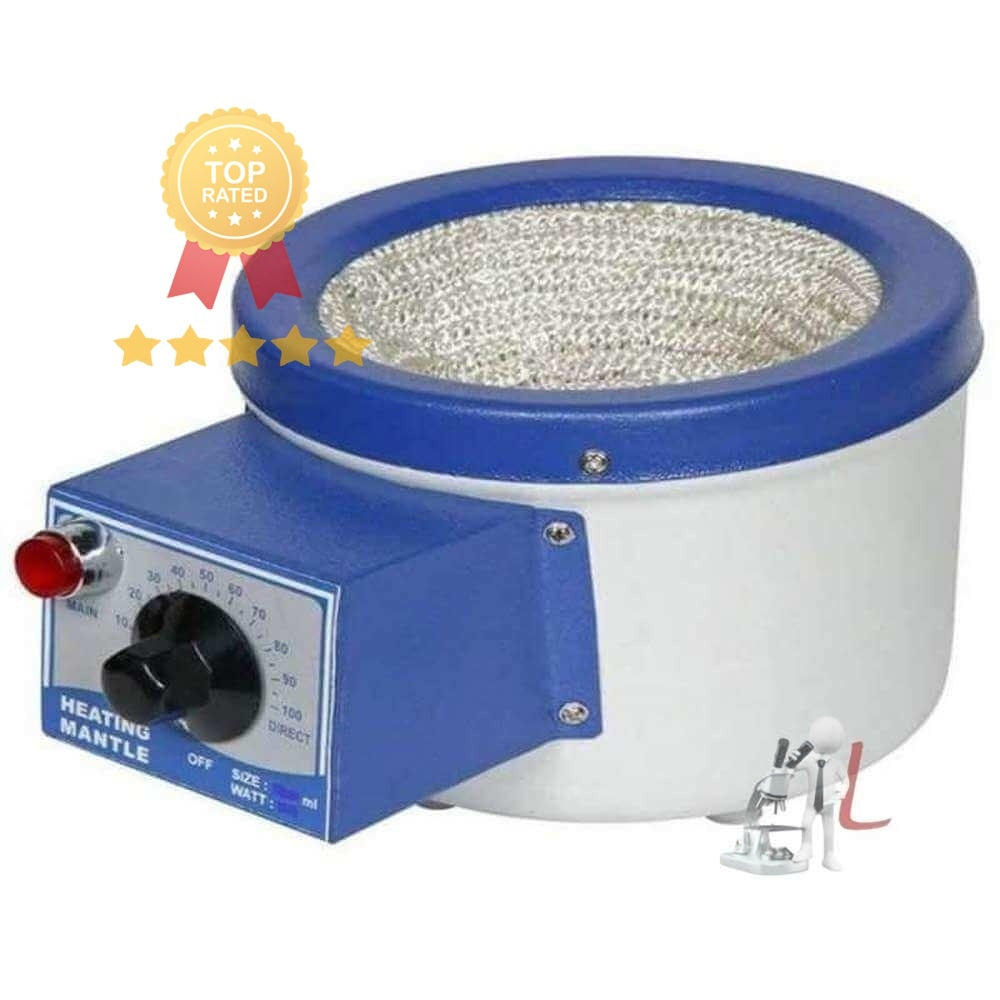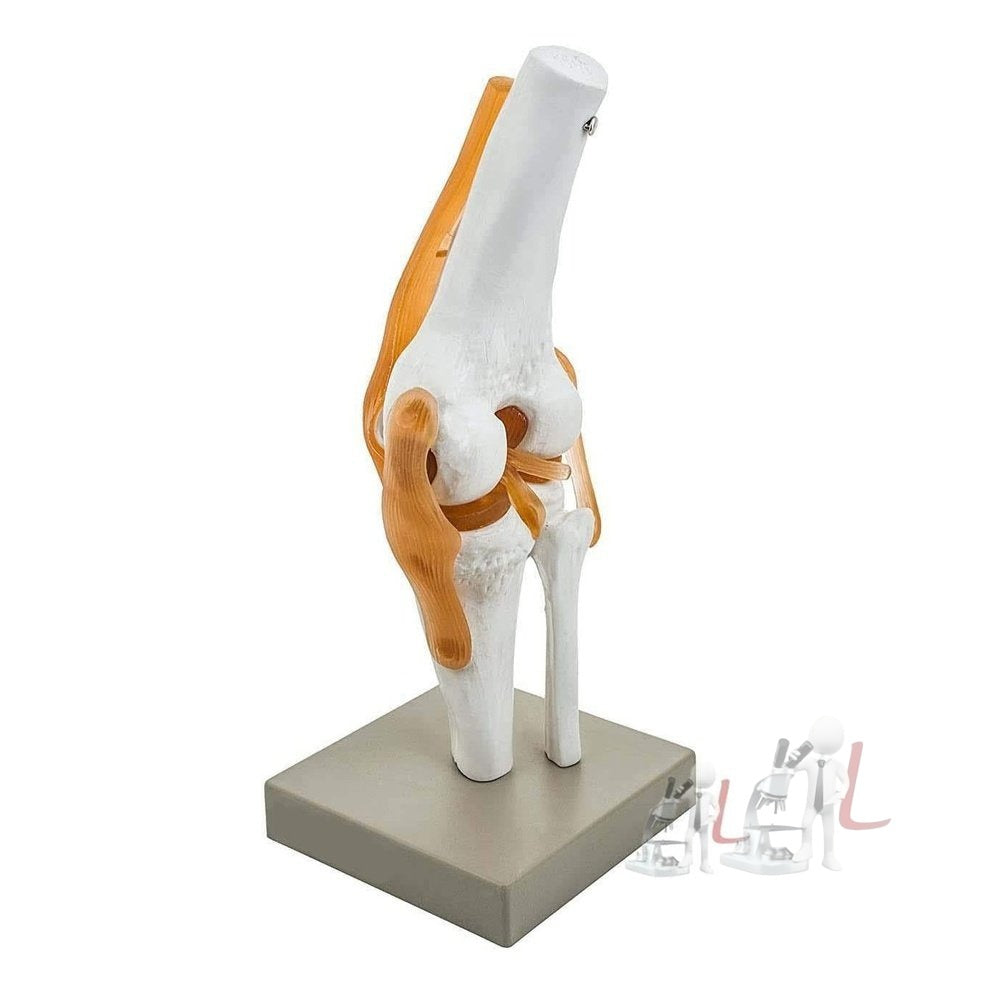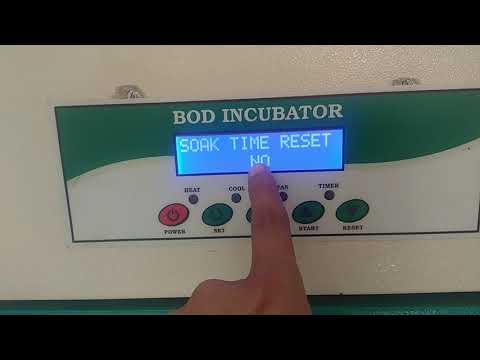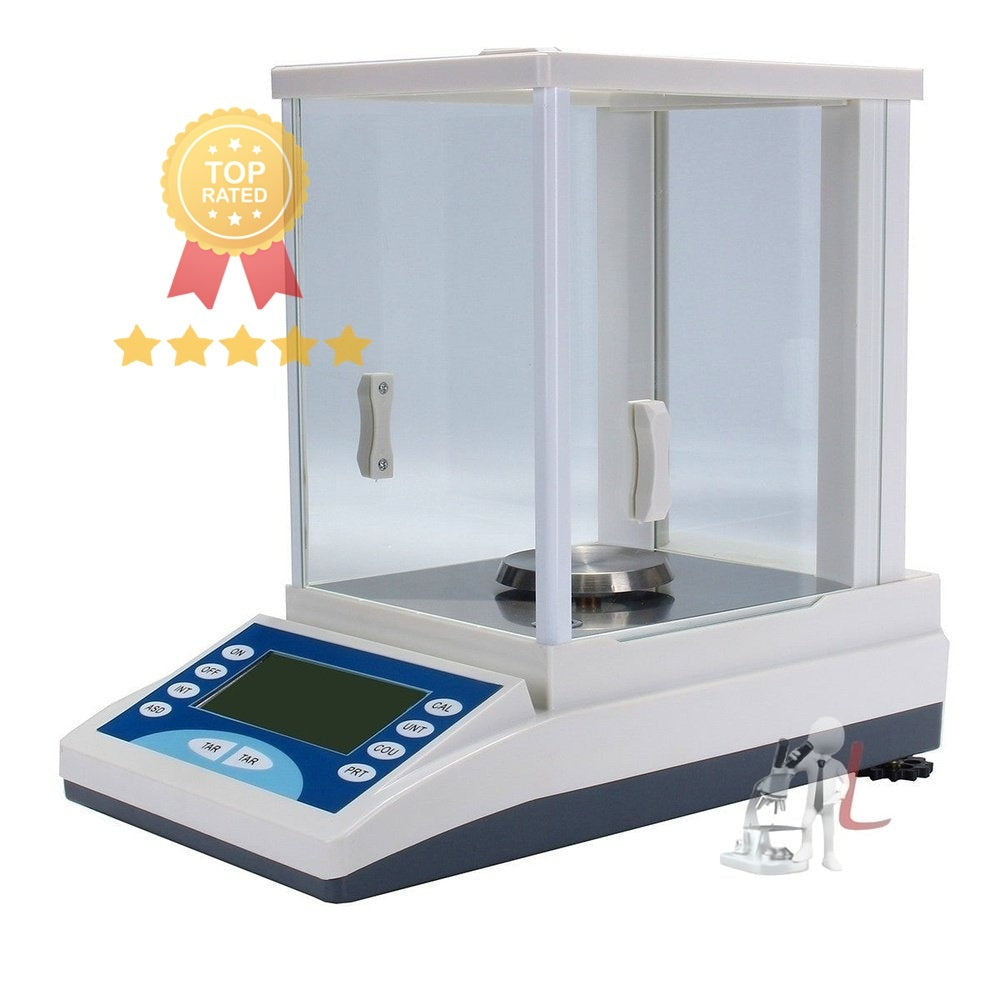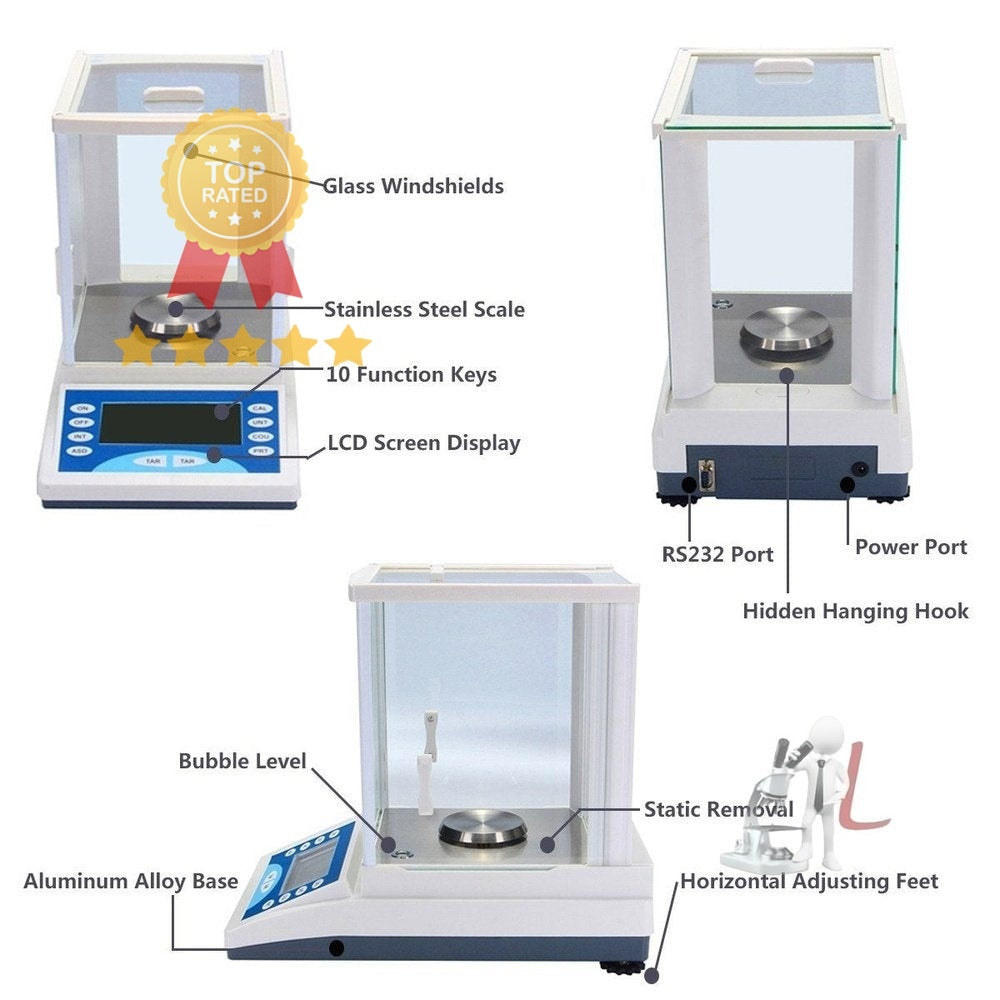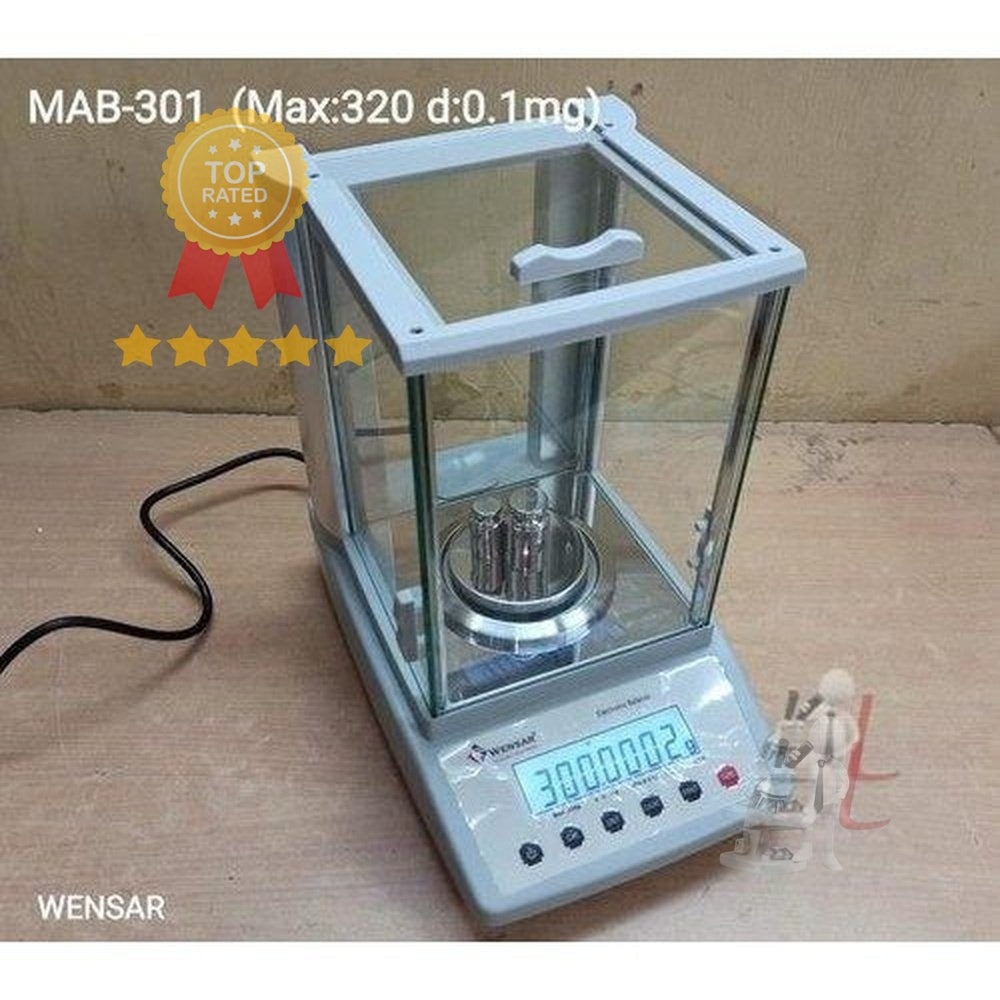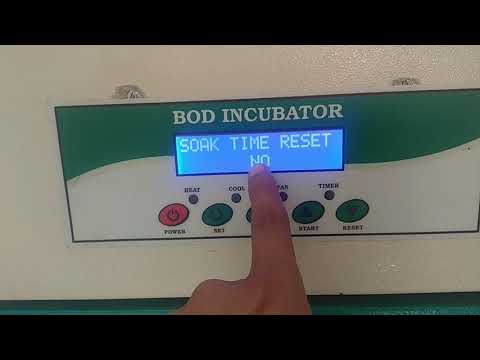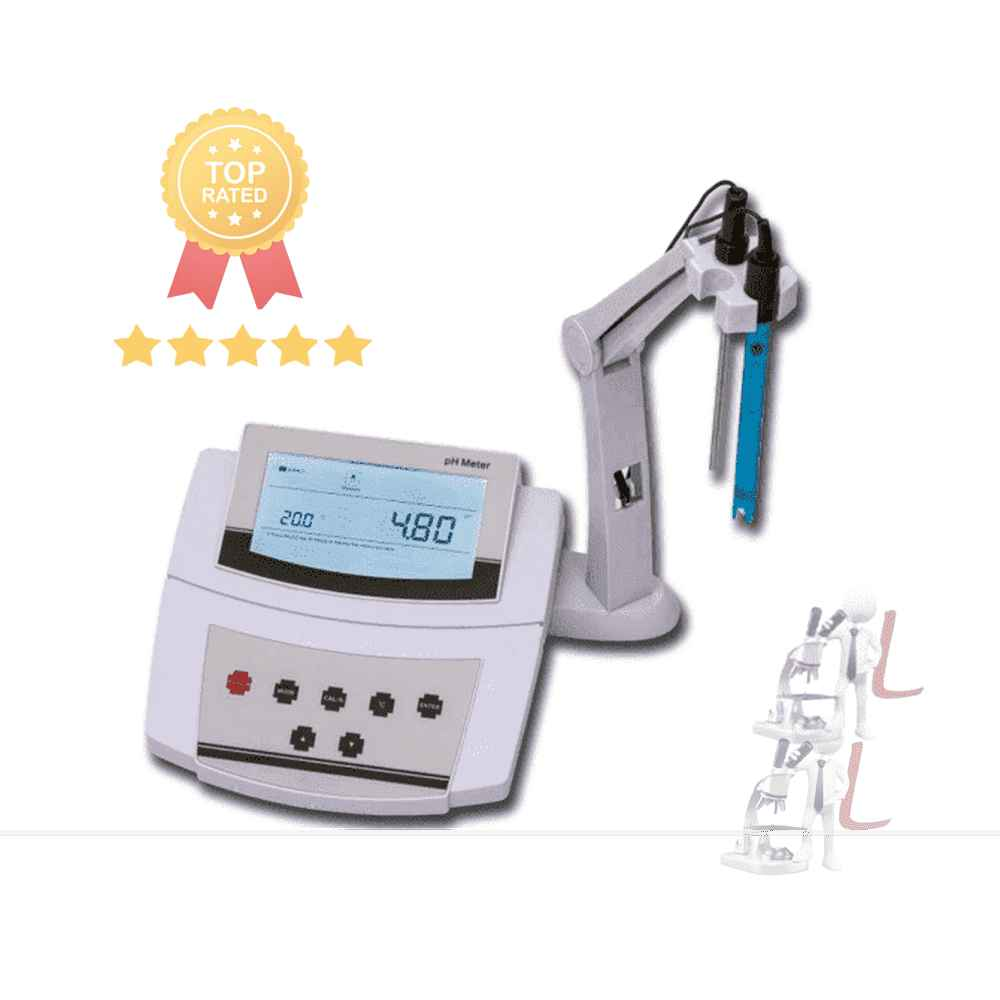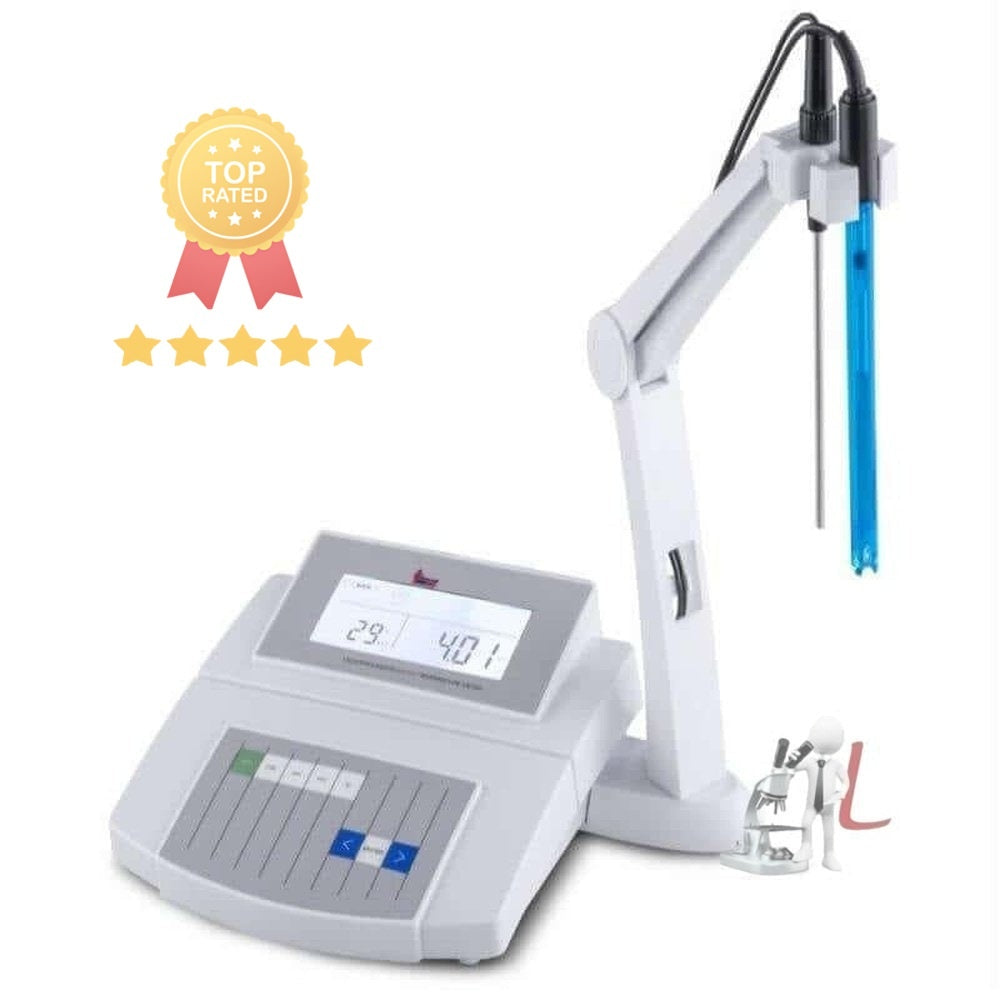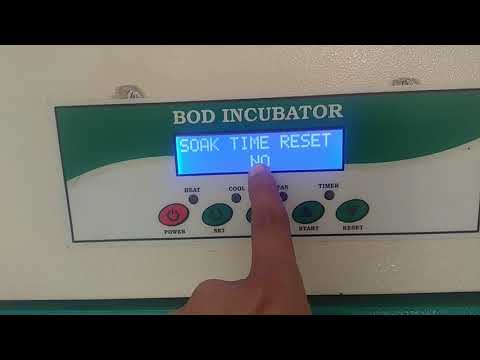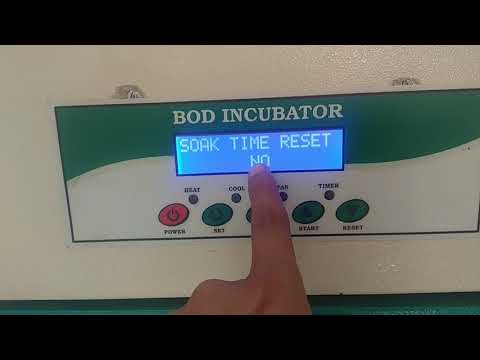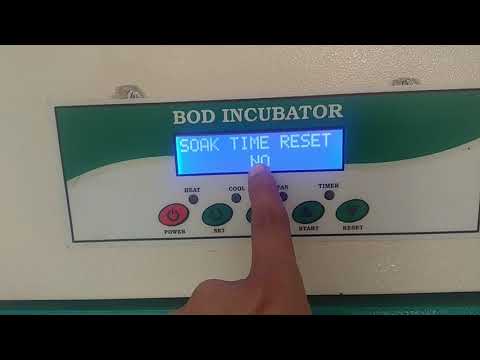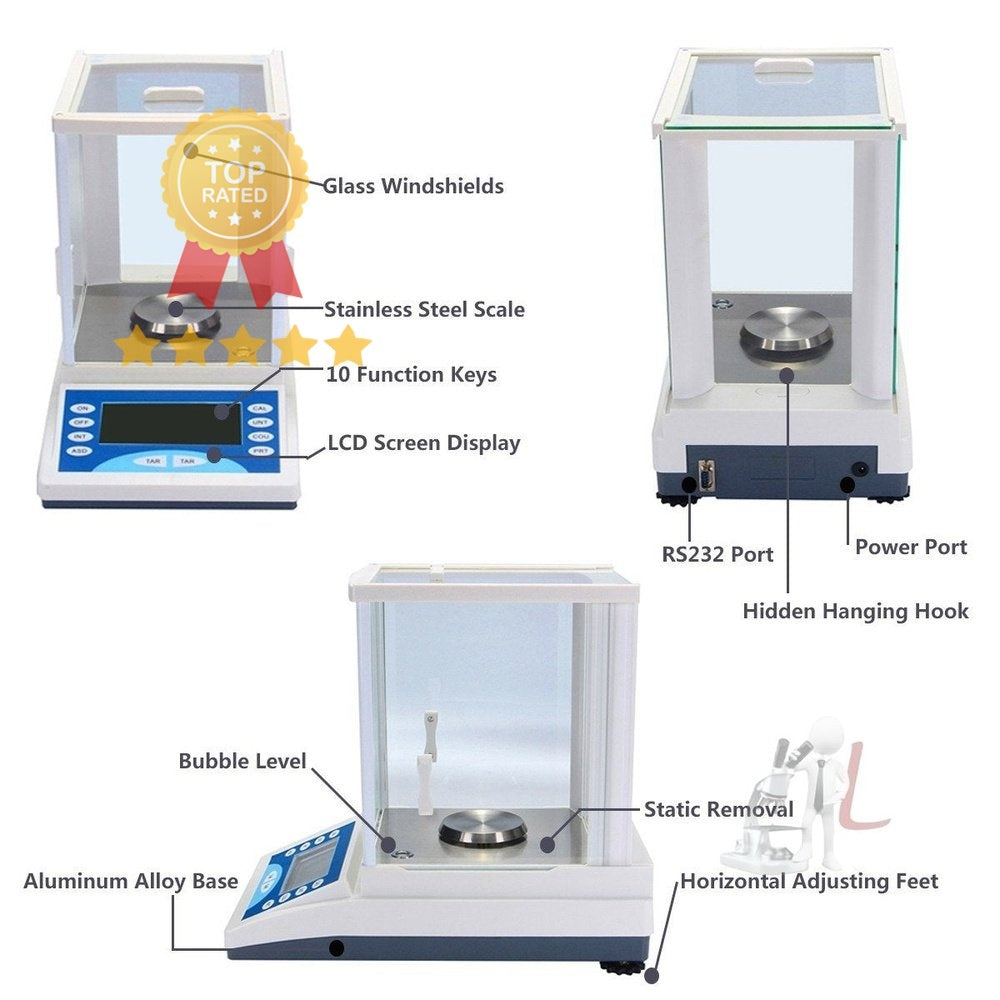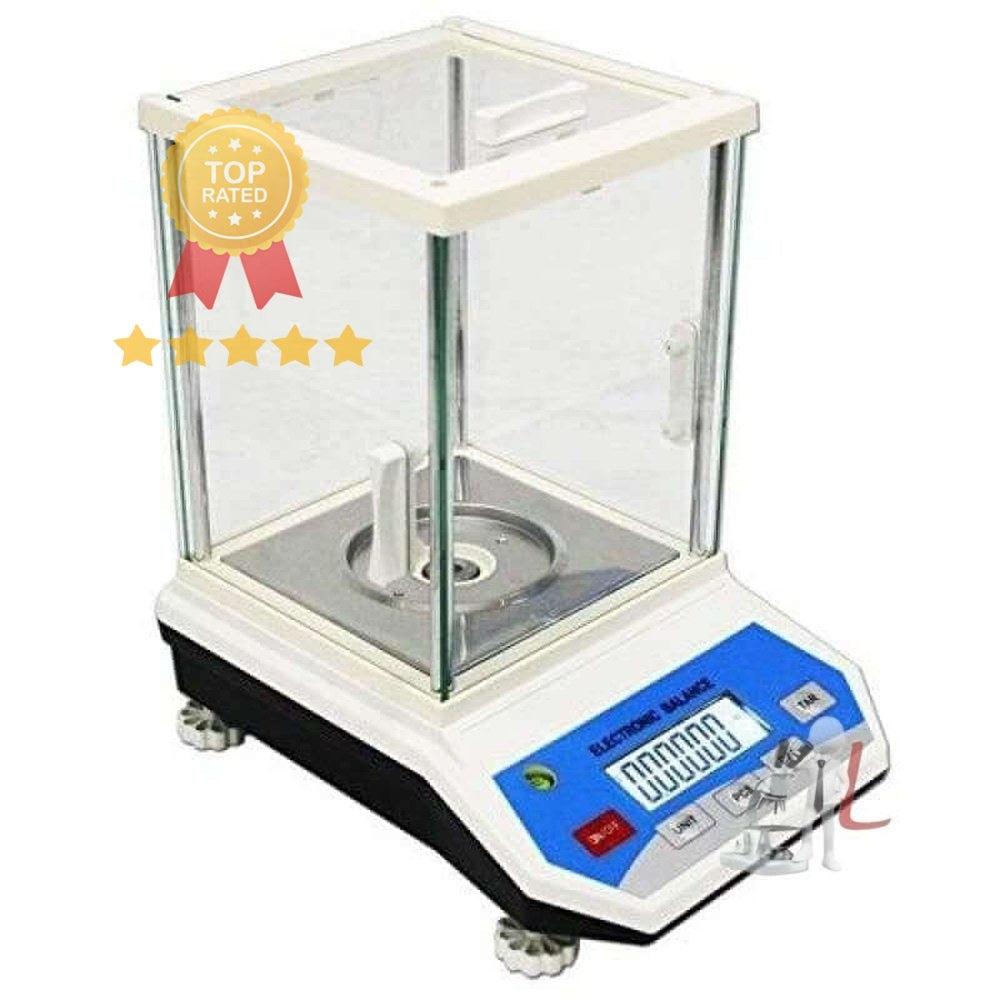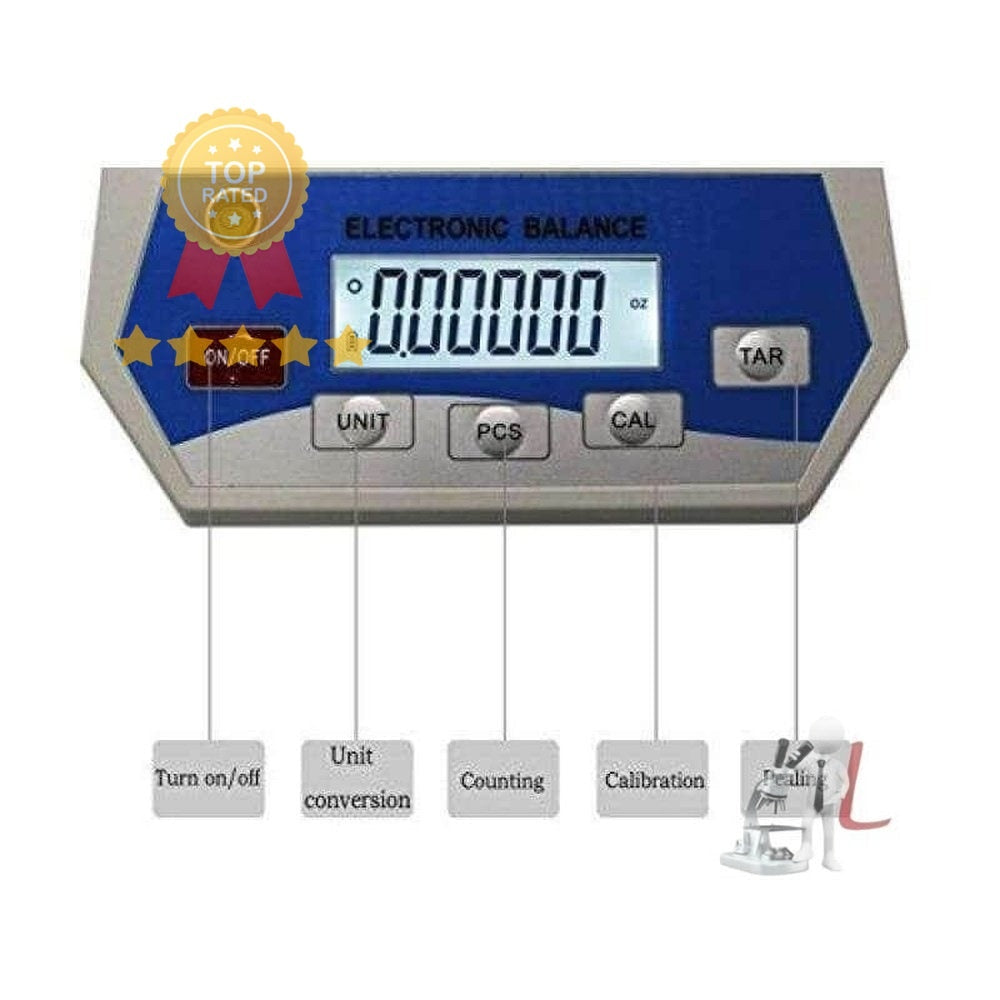Biostatistics Lab Equipment
Biostatistics Lab Equipment encompasses the various tools and instruments used in the field of biostatistics, which is the application of statistical methods to the analysis of biological data. This discipline is essential for the proper understanding of public health, medicine, and various biological research areas. The equipment used in biostatistics labs is diverse and includes items that assist in data collection, analysis, and interpretation.
In a biostatistics lab, the primary goal is to analyze biological data collected from various experiments, clinical trials, and epidemiological studies. To achieve this, a variety of equipment is utilized, ranging from software applications to hardware devices. One important category of biostatistics lab equipment includes statistical software, which is crucial for data analysis. Popular software such as SAS, R, and SPSS allows researchers to perform complex statistical analyses, including regression, hypothesis testing, and survival analysis.
Additionally, biostatistics labs often employ data visualization tools. These tools are important for presenting data in a visually appealing format, enabling researchers to identify trends, patterns, and anomalies in their data. Software such as Tableau or Excel can be used for this purpose, allowing researchers to create graphs, charts, and other visual representations of their findings.
Another important aspect of biostatistics lab equipment is the hardware used for data collection. This includes instruments such as lab equipment for biological assays, medical devices for collecting clinical data, and survey tools for gathering information from populations. For example, centrifuges, pipettes, and spectrophotometers are commonly found in labs where biological samples are processed and analyzed. These instruments help ensure the accuracy and reliability of the data collected.
Furthermore, biostatistics labs require computing hardware that can handle large datasets and complex computations. High-performance computers or servers equipped with significant processing power and memory are often needed. This is particularly true when working with genomics data, big data from clinical trials, or large-scale epidemiological studies where standard computing equipment may not suffice.
Data storage and management systems also play a vital role in biostatistics lab operations. Secure and scalable storage solutions are needed to store vast amounts of data derived from research. Cloud computing has emerged as a popular choice, providing researchers with the flexibility to access and analyze data from anywhere while ensuring its safety and integrity.
Training and continuing education are also essential to ensure that researchers and lab personnel are proficient in using biostatistics lab equipment. Many institutions offer workshops, online courses, and certification programs focused on biostatistics and the tools used in the field. Keeping current with developments in statistical methods and software is crucial for effective data analysis.
Moreover, biostatistics labs often collaborate with other research entities, including government agencies, academic institutions, and pharmaceutical companies. These collaborations may require specialized biostatistics lab equipment to meet specific research needs or regulatory standards. For instance, equipment used in clinical trial biostatistics may differ from the tools used in environmental or agricultural studies, reflecting the diverse applications of biostatistics.
In conclusion, Biostatistics Lab Equipment is a critical component in the successful analysis and interpretation of biological data. From statistical software to biological instruments and data management systems, the right equipment is essential for researchers striving to enhance our understanding of health, biology, and disease. As the field of biostatistics continues to evolve with advancements in technology and methodology, the equipment used in biostatistics labs will also advance, enabling researchers to tackle increasingly complex questions and challenges in the biological sciences.
Filter
Sort by



